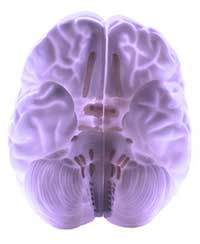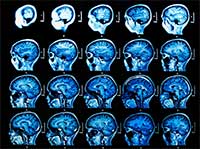 Brain vascular lesions are characterized by damage to any part of the brain due to malfunction, trauma, inflammation, inflammatory and autoimmune diseases, stroke, tumors, and destruction of brain cells or tissue. The lesion can be in one part of the brain or widespread—it can even start small and then start to progress. There are many different types of brain vascular lesions, including arteriovenous malformations, cavernomas, and deep venous anomalies.
Brain vascular lesions are characterized by damage to any part of the brain due to malfunction, trauma, inflammation, inflammatory and autoimmune diseases, stroke, tumors, and destruction of brain cells or tissue. The lesion can be in one part of the brain or widespread—it can even start small and then start to progress. There are many different types of brain vascular lesions, including arteriovenous malformations, cavernomas, and deep venous anomalies.

Symptoms: The symptoms of brain vascular lesions depend on the affected area. Even a very small lesion can be critical if it is located in a critical part of the brain. Some of the more common symptoms of brain vascular lesions include nausea, fainting, facial paralysis, drooping eyelids, headache, vision and speech problems, neck pain, weakness, seizures, and memory loss.
Treatments: The best treatment for a brain vascular lesion depends on where it is located. For example, arteriovenous malformations (when ruptures occur due to the lack of normal capillaries between arteries and veins in the brain) may require radiosurgery or open brain surgery to control bleeding.




